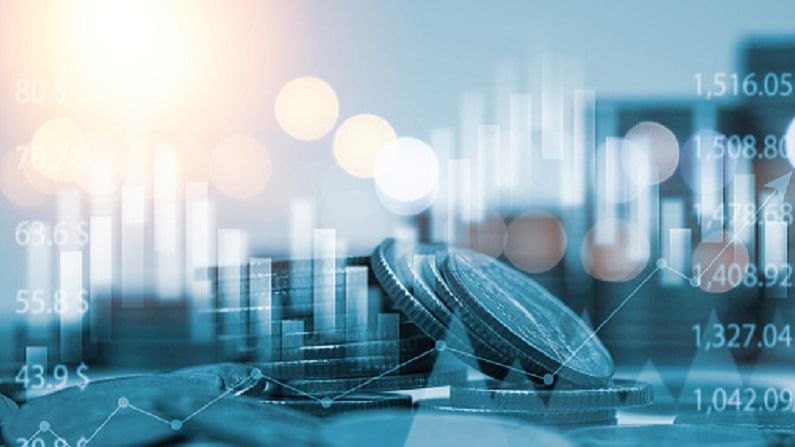Nearly 80% of economy now formal following digitisation drive: Report
Since the note-ban, many measures since the note-ban in November 2016 have accelerated digitisation of the economy

The economy has been formalised faster owing to the digitisation drive and pandemic-induced emergence of the gig economy, according to an SBI Research report. The share of the informal sector has shrunk to just 15 to 20% of the gross value added (GVA) or the formal GDP in 2020-21, from 52.4% in 2018. Back in 2011-12, the share of the informal economy had stood at 53.9%. Since the note-ban, many measures since the note-ban in November 2016 have accelerated digitisation of the economy, the report said.
GDP contracted to 7.3% owing to the pandemic
The informal sector have been hit the hardest due to the note ban, which constituted 93% of the workforce back then. Then came the GST, which was the second blow to them. After that the pandemic came as the final and the hardest hit to the sector.
The formal economy constitutes nearly Rs 13 lakh crore through various channels in the past few years, including the recent scheme on the E-Shram portal, the report said.
Due to the pandemic, the real GDP was estimated at Rs 135.13 lakh crore in FY21, but lost 7.3% of that in FY22, owing to the worst economic contraction.
The size of the informal sector in trade, hotels, transport, communication and broadcasting was at 40%, around 34% in construction, 16 % in public administration, and 20% in manufacturing and almost 100% formalisation in finance, insurance and utilities, and to a large extent in real estate and agriculture, as per data from the 2011 census.
Post the pandemic, the formal financial sector has even expanded by 10%, with the DBT transfers gaining traction and that of formalised utility services size increased by 1% during the pandemic, according to the report.
Quoting the monthly EPFO payroll data, the report said that nearly 36.6 lakh jobs have been formalised till July 2021, since FY18. It also expects that this fiscal formalisation rate will be higher than FY20 but lower than the FY19 level.
Download Money9 App for the latest updates on Personal Finance.
Related
- अमेरिकी टैरिफ से भारत में महंगाई बढ़ने, रोजगार जाने का रिस्क नहीं: अर्थशास्त्री
- RBI: खपत में आ रही तेजी, आंकडे दे रहे गवाही जल्द हाई ग्रोथ ट्रैक पर लौटेगी अर्थव्यवस्था
- मुंबई में पेट्रोल-डीजल वाहनों पर बैन को लेकर हो रहा विचार, सरकार ने स्टडी करने के लिए बनाई कमेटी
- SBI ने घटाया GDP ग्रोथ रेट का अनुमान, FY-25 में 6.3% से इकोनॉमी के बढ़ने की उम्मीद
- देश की आर्थिक गति बरकरार, 6.5 से 7 फीसदी ग्रोथ हासिल करने की उम्मीद
- भाविश अग्रवाल ने बताई ओला के मुनाफे की रूपरेखा, इलेक्ट्रिक कार पर नहीं है फोकस

